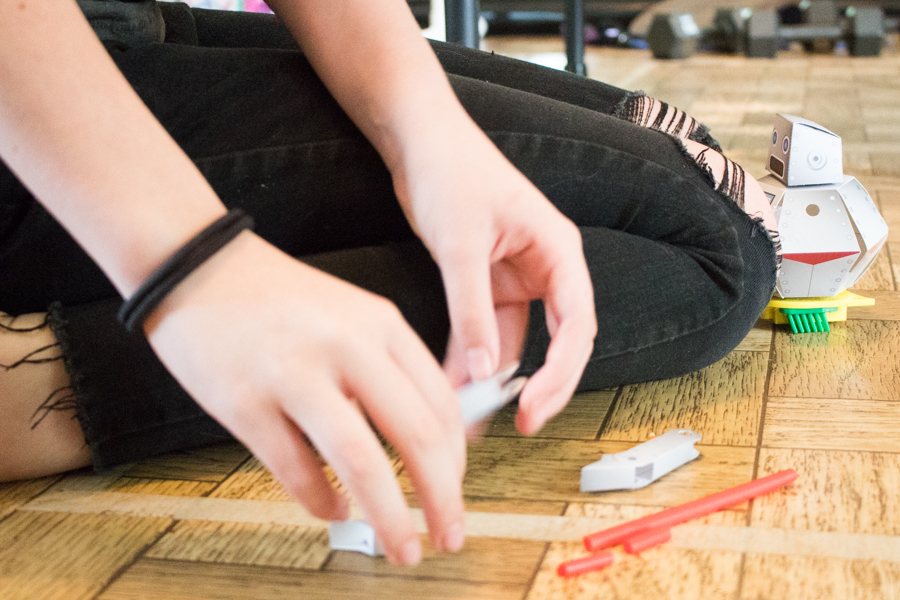The kids learned a LOT about robots during our Programming Robots study, and I'm excited for them to be able to make use of that knowledge while they develop creative solutions to problems that they find interesting.
First, though, we've got to figure out what it means to "design" a robot, what the qualities of good design are, and how to think about problem-solving in a way that encourages good design.
To that end, we explored this website on Design Thinking, and watched the related TED Talk:
I really love the emphasis, here, on research to find out what the intended users' needs and experiences are. Skipping that step results not just in bad design, but bad charity projects, bad business start-ups, bad Christmas gifts, bad social justice efforts... bad everything! Putting people first, and really taking the time and effort to meet them where they actually are, so that you can serve them in the ways that most benefit them, is crucial. It's the first step in everything from solving world hunger to fighting racism.
Before we get started on designing robots for real, I wanted the kids to have the chance to play around with some fun and easy designs, just to get the idea of how design can transform an object. I gave them this recycled robots kit (that I checked out from the LIBRARY!!!!!)--
--and told them to build me any kind of automaton that they wanted.
Their automatons turned out useless and adorable, just they way we wanted them to be!
As well as being cute and fun, this activity is a good example of "bad" design. Sure, the little automatons are cute and fun, but they're also useless, and their designs are meaningless. There's no particular reason for any given design feature, and although aesthetics IS a good reason for some design decisions, each decision should still have a reason for why you did it that way.
If I had this lesson to do again, I'd have the kids make their recycled robots first, then constructively critique them after learning about the Design Thinking process, and THEN redesign them on paper or as a model so that they actually DO fulfill a purpose or solve a problem.
...Actually... I may do that last part as our next robotics lesson!






No comments:
Post a Comment